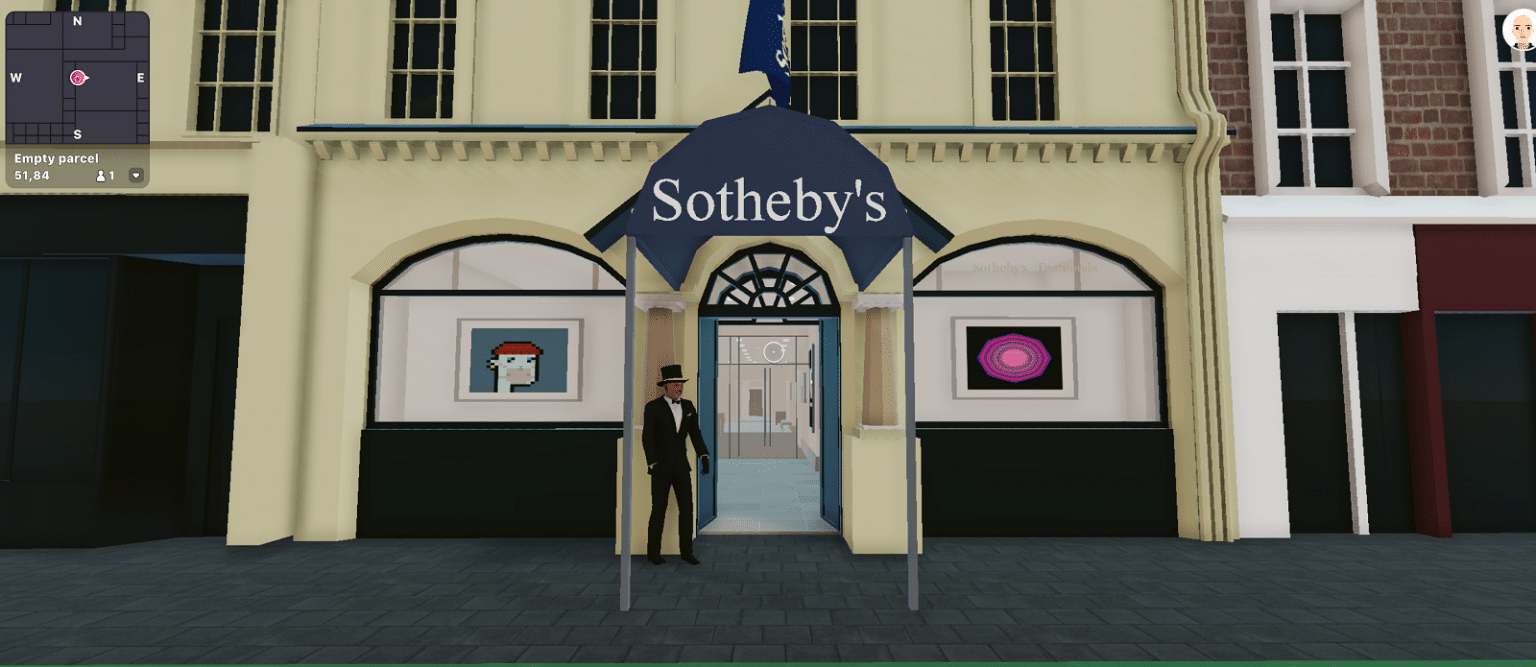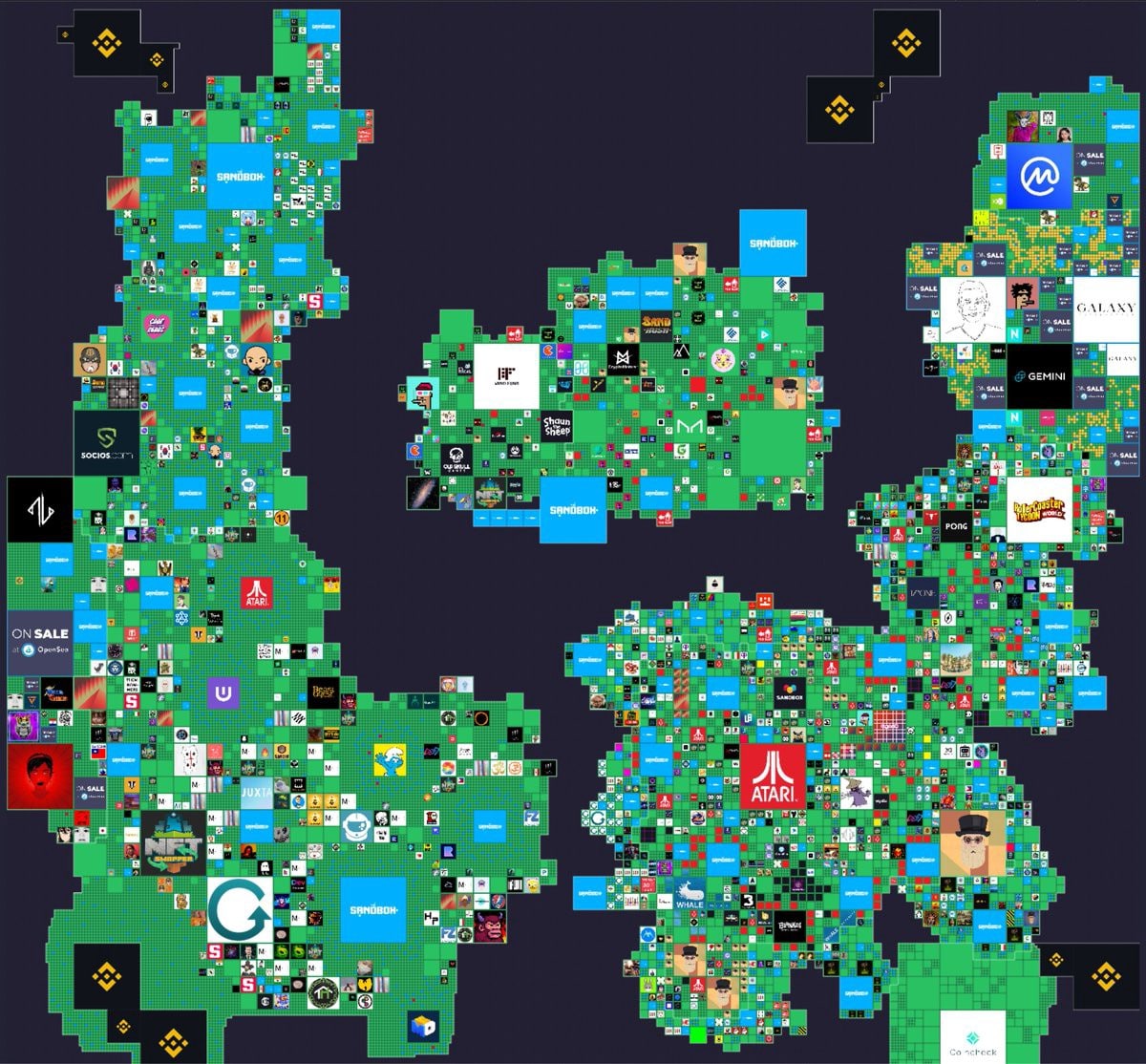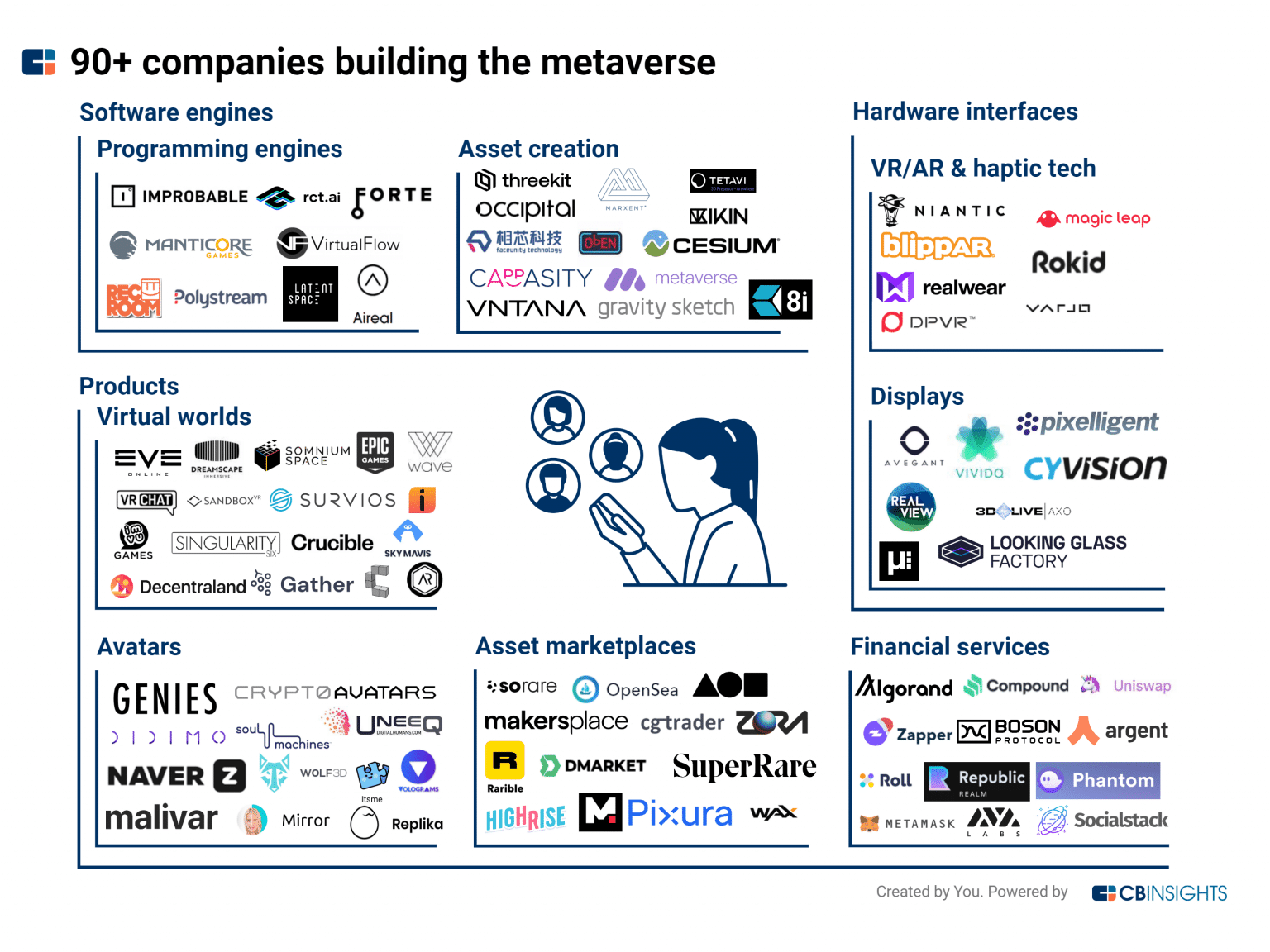Metaverses embody a new economy based on crypto-currency exchanges. What are metavers? How are they revolutionising the digital landscape? As metaverse crypto-currencies take off, we take a look at the landscape of these virtual worlds, to understand the forces at work, the indicators and above all their potential for development.
What is the metaverse
For many experts, the metaverse is the major digital revolution of the last ten years.
It marks the transition to Web 3.0. Web 1.0 offered access to information. Web 2.0, the era of social networks, provided interaction. The metaverse brings an additional dimension with immersiveness, i.e. an environment in which one feels fully present. The metaverse is a real economy that is emerging, based on exchanges in crypto-currencies.
The word metaverse literally means “beyond” (meta) the universe (vers).
The term covers all virtual universes. The metaverse is a parallel, interactive, immersive 3D world in which users can experience things through an avatar (virtual character).
The concept applies to 3D video games, but also to new types of metavers built on the blockchain, such as Decentraland or The Sandbox. The blockchain brings a decentralised character to these worlds. The metaverse thus becomes an open and independent ecosystem in which anyone can participate for free, build elements, and even spend and earn money.
Metaverse, blockchain, cryptocurrencies and NFTs
Just like in real life, metaverses are the place for trading. Transactions are made in cryptocurrencies.
Each metaverse has its own cryptocurrency: we find the MANA for Decentraland, the SAND for The Sandbox and soon the Diem for Meta, the metaverse being developed by Facebook.
In a metaverse, it is possible to buy and sell land, buildings, clothes for one’s avatar, etc. These virtual products take the form of money, which can be used to buy or sell goods. These virtual products take the form of non-fungible tokens (NFTs).
NFTs are therefore an essential component of metavers. They represent all the goods that can be acquired or earned on the metaverse: 3D constructions, accessories for avatars, digital works of art exhibited in museums, or proof of participation in events to be collected (Proof of Attendance Protocol or POAP).
Blockchain and NFT technologies have enabled the development of interoperability between these different worlds. Since NFTs are property titles registered on the blockchain, ownership of a digital asset is not limited to the boundaries of a particular platform or game. Technically, it is standards such as ERC-721 that allow an NFT to be used in different applications and metaverses.
A pair of virtual trainers in the form of NFTs can be worn on an avatar on Decentraland, but also in another virtual universe, and partially in the real world where they will be seen through augmented reality (AR) glasses. Hence the growing interest of brands such as Adidas or Nike in metavers.
From a technical point of view, this is only possible with open and decentralised metavers based on the same blockchain. Such interoperability is not yet possible on the majority of existing metavers, but it is a possibility that is becoming more widespread.
The most important NFTs in the metaverse are virtual real estate, the prices of which are constantly breaking records. Some are reaching new heights, like this virtual land that sold for $2.43 million on Decentraland. or a plot of Axie Infinity that went for $2.48 million.

Digital twin of Sotheby’s auction house on Decentraland
Historical dates of metaverses
While the metaverse has been in the news since November 2021, the concept is not new. The word originally came from the book Snow Crash by Neal Stephenson, published in 1992. It was popularised by the science fiction film Ready Player One, released in 2018.
The first metaverse dates back to 2003, with the video game Second Life. It is still available and active in 2021. Second Life users can play as virtual characters and design the content of the game. The idea was there, but the technology was not ready in the early 2000s for Second Life to become truly democratic and sustainable for users and brands.
Second Life remains the pioneer of the metaverse. Many brands and celebrities have deployed marketing actions there, such as Nike and American Apparel, which have opened virtual shops. Budweiser hostesses and Scion cars (Toyota) have also been seen there.

Overview of the Second Life world
Second Life has also played a major role in the development of Bitcoin. Indeed, Second Life’s crypto-currency, the Linen Dollar (L$), exchangeable for fiat currency, provided a gateway for Bitcoin holders long before the exchange platforms. The cryptocurrency only became exchangeable into dollars in 2011.
New generation metavers have started to emerge in the last 10 years notably with The Sandbox, created in 2011 and Decentraland, created in 2015.
Metavers have really accelerated in 2021 with the development of new augmented reality (AR) and virtual reality (VR) technologies, but also thanks to the development of blockchain, crypto-currencies and especially NFTs.
Finally, a key date to remember is 28 October 2021, with Mark Zuckerberg’s announcement to rename the Facebook group to “Meta” and to invest massively in the metaverse. The general public then became aware of the potential of metavers, and the prices of cryptocurrencies and land related to this universe soared in the days following the speech of the Facebook CEO.
How is this a digital revolution?
Metaverses will certainly disrupt the digital economy. They offer new experiences to users of digital tools. The technologies of augmented reality, virtual reality and volumetric video that are developing and becoming popular at a rapid pace will make these experiences increasingly immersive.
Users can visit shops, museums, or attend concerts. They can interact with each other, but also with products. They can also work, attend meetings or trade shows, study… There is even a university under development in Decentraland.
You have to imagine the metaverse as a parallel world. Artists can perform on virtual stages with an avatar or in real life, with a hologram. Consumers will be able to chat with a salesperson and test drive a car. Major retailers will have their digital twins there (like Adidas on Sandbox). Public services will also be available on the metaverse in the future. For example, Seoul City Hall, the capital of South Korea, is currently developing its virtual version.
Metavers will become real places for living, communicating and consuming. They provide advertisers with immense communication and marketing opportunities. They also allow users to earn money, as on Axie Infinity, a blockchain “Play-to-Earn” game.

Preview of The Sandbox metaverse map
What are the main metavers?
There are already many metavers, the best known being Decentraland, The Sandbox, Cryptovoxels, SomniumPlace, and the new and much commented Meta.
A plethora of other metavers are in development. In fact, most of the video game, social networking and e-commerce players are planning to launch their metavers, such as Epic Games (creator of the game Fortnite), Roblox, Alibaba, TikTok, Reddit, VR Chat, and even Microsoft. The latter is well positioned to become a leader in the sector as it owns the famous game Minecraft as well as the professional social network LinkedIn.
Apple is also expected to be a key player in the mass adoption of augmented and virtual reality technologies, and therefore in the metaverse, according to the US investment bank Morgan Stanley.
What will be the leading metavers?
While a multitude of metavers will emerge, we can imagine that not all of them will survive, like the Internet players of the 2000s.
First of all, we must distinguish between metavers from the video game sector and those from social networks. The advantage of the video game players is that their users are young and already comfortable with the idea of consuming wearable digital products. Social networks have the advantage of having billions of users (3 billion monthly users for Facebook).
It is also interesting to look at the different types of governance and decentralisation of metavers. Decentraland, for example, is entirely owned by its users with a decentralised management system in which decisions are voted on by the users (Decentralized Autonomous Organization or DAO). Facebook’s Meta will remain privately governed. The Sandbox is owned by the Chinese company Animoca Brands, but also operates under a DAO system. The question is: what will users prefer? Can CAD-based management really work in the long term? Only time will tell, and it will be interesting to follow the evolution of these two decision-making models.
Another key element to watch closely is the level of investment in the various projects. Meta has announced an investment of $10 billion for 2022. The Sandbox raised $93 million in November 2021. Decentraland had raised $26 million in 2017 and holds over $200 million in MANA (about $900 million at the time of writing).
There are other indicators to watch: the price of cryptocurrencies of course, the sale prices of land, the number of users, but also the number of brands present (165 brands for The Sandbox, with Atari, the Smurfs and Snoop Dog among others).
It is also useful to subscribe to newsletters to judge the quantity and quality of activities and events offered within a metaverse.
What is the potential of metavers?
According to a Bloomberg Intelligence report, the annual metaverse market could be worth $800 billion by 2024. In parallel, the American bank Morgan Stanley speaks of a market of 8 000 billion dollars. By way of comparison, the video game market will be worth around $180 billion in 2021.
The growth potential of augmented and virtual reality technologies is also exponential. PWC forecasts growth from €39.6 billion in 2019 to €1,280 billion in 2030 (+3,000%).

The 90 companies building the metaverse (Source: CB Insights)
Conclusion
The meta-verse is therefore a major shift in the Internet, and even represents a technological revolution comparable to the emergence of this field, which is now part of our daily lives.
While many critics warn of the dystopian risk of a virtual life, the potential for growth and innovation is immense, and metaverses may soon become part of our everyday lives.
The big question remains who will take the lead, and which crypto-currencies will become major players in this sector, in a new industry that is still quite unpredictable and promises fierce competition.
